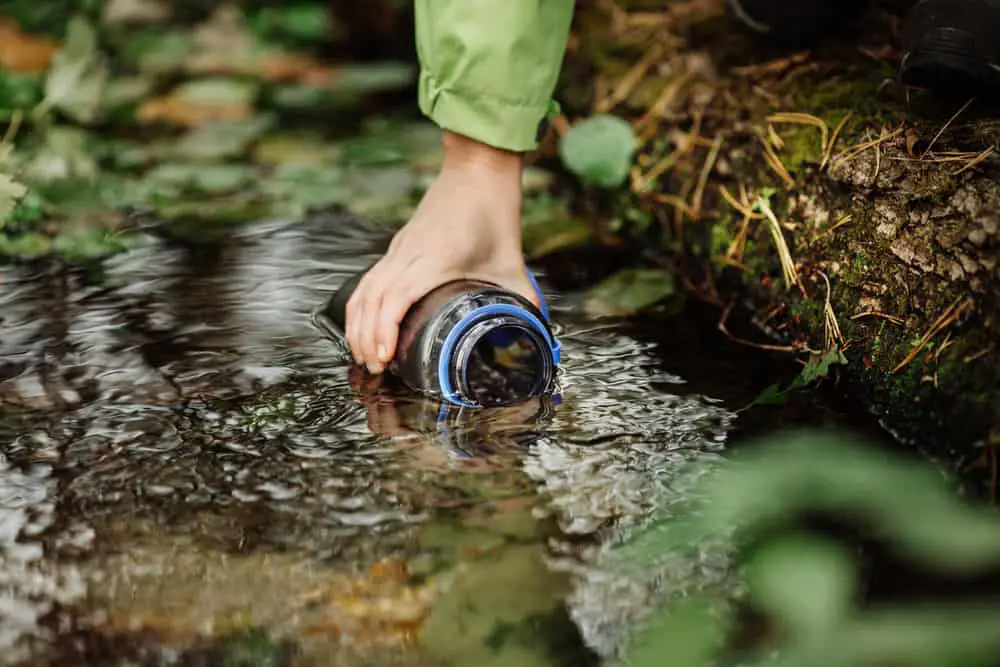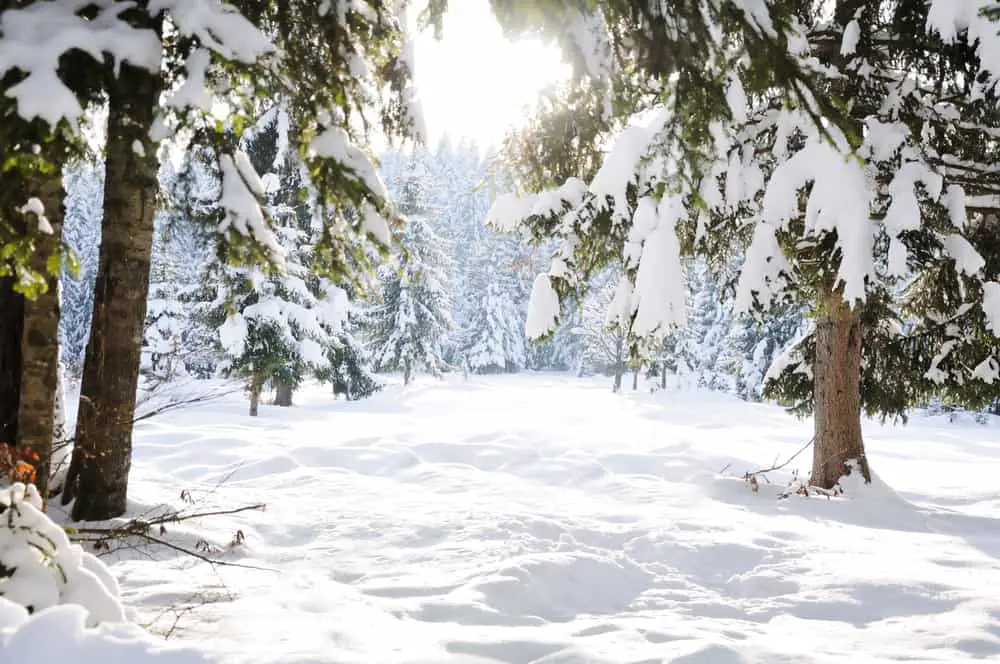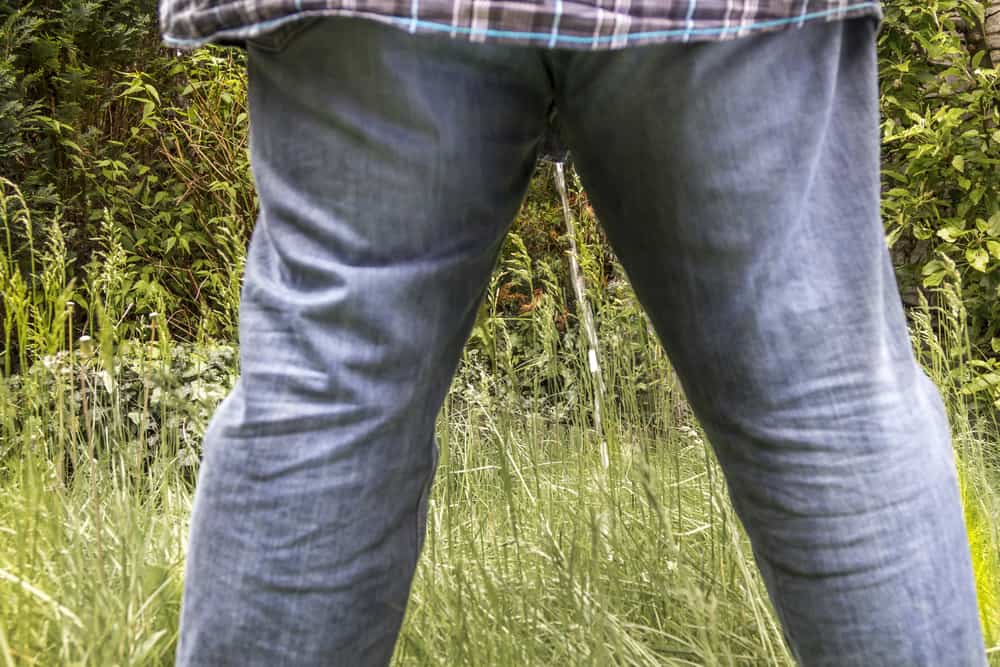As with everything in survival, there are a lot of rumors floating around about what works and what doesn’t. When it comes to staying hydrated and water survival, there is no exception. We’ve found a number of the most prevalent urban myths and dangerous rumors that have been passed along and decided to address them here.
SKIP AHEAD
Survival Myths About Water
1. Running water is safe to drink

Don’t count on it. Remember it came from somewhere and the source or what it came in contact with between the source and reaching your location could be suspect.
Typically if you have to choose between running water and stagnate water always default to the former but make sure you also treat and purify the water before you consume it.
If you are looking for personal water filters that you can use outdoors with any source, here are products we have tried and tested for years:
| FILTERS | FEATURES | ||
|---|---|---|---|

Must Have
|
|
Check Price at SurvivalFrog
Check Price for Amazon.com
|
|

|
|
Check Price on Amazon.com
|
2. Eating snow is a great way to rehydrate safely

NO, this can actually lead to further dehydration due to the process your body has to go through to heat and melt the snow once you eat it.
It can also lead to hypothermia. Also, if the snow has been on the ground for a significant period of time it could contain bacteria and other organisms that can make you sick.
Always try to melt snow before you consume it. If the snow is not white & fresh, stay away from it, or at least make sure you purify and treat it as you would any other suspect water (after you melt it).
3. Drinking saltwater in small amounts is safe
NO NO NO.
Drinking saltwater in any amount will lead to further dehydration and DEATH more quickly than if you went without water at all. You can use saltwater to cool down your body but never to drink.
4. Water found in natural depressions is safe to drink
NO, this should be treated before drinking. It has all the risks associated with stagnate groundwater and runoff.
5. Drinking urine will prevent dehydration

You can drink urine 1 to 2 times in an extreme emergency but remember, urine is how you pass waste products out of your body.
There is more water than waste products in a well-hydrated individual however the ratio goes down as your hydration levels go down.
Hence your urine will become darker colored as you become more dehydrated. To turn around and put those waste products back into your body and force it to process and filter them again causes more work and bogs your body systems down.
This forces your body to need more water to complete the body processes and once again try and pass these waste products yet again, in addition to the new waste products created by the increased workload. It is a process of diminishing returns and eventually, your body will shut itself down.
6. Barrel Cacti are a great source of water.
This is not necessarily true. Although cacti do hold water, the odds are that the inside will be tough and fibrous and the water contained will not be abundant. In addition there is a greater likelihood that the water inside will be bitter and acidic which could induce vomiting, diarrhea and cramps. This would further complicate a survival situation and speed up dehydration.
There are probably more rumors out there that are not addressed in this article. We’d love to hear what you’ve heard in relation to water and survival, especially if you are suspicious about the claim. Maybe between us and the other readers on this site, we can help dispel any other bad gouge out there.
The bottom line is that you are going to be better off being as prepared as possible and not risking your life as an experiment for rumor and misinformation. Water is the most important ingredient in your survival formula and taking care of ensuring that you have access to this valuable commodity will pay tremendous dividends to you and your loved ones.
7. Toilet Water
It is a common misconception that a bathroom toilet is one of the dirtiest places in a home.
Many people maintain a regular cleaning schedule so a toilet is not as dirty as one would think.
However, that does not mean you should rush off to fill up a glass from the porcelain bowl.
As clean as it might look, a toilet bowl can harbor bacteria and residue from harmful cleaning chemicals.
Toilet tanks can be a better option, but they have problems as well.
Some people use time-released cleaning agents that stay in the tank and help to clean the bowl after every flush. These chemicals would be harmful if consumed.
Additionally, the water in toilet tanks surrounds plastic, metal, and rubber components that may leach contaminants into the water.
8. Rain Gutter Water
Generally speaking, fresh rainwater is clean and safe to consume.
But once the rainwater comes into contact with another surface, it can easily pick up contaminants and become unsafe to consume.
Home gutters and roofs are usually not cleaned in the sense of being disinfected.
So, rainwater from roofs and gutters can contain fecal matter from birds, squirrels, mildew, mold, and other forms of rotten material.
The water coming out of a downspout may look crystal clear, but that does not mean it is safe to drink.
9. Puddles
Even after recent rainfall, puddles located on roadways or sidewalks are not safe to drink from.
You may not be able to see it, but roadways are covered in oil, rubber particles from vehicle tires, and other debris.
Sidewalks are not much better because people are constantly traversing them with dirty shoes, pets and other wild animals walk on them, and contaminants from homes, buildings, and yards are washed across their surfaces.
10. Swimming Pools
Swimming pools provide a large reservoir of water as the average backyard pool can contain ten thousand gallons of water.
But for the water to remain safe, chemical treatments and filtering must be maintained. Even then, some pools contain high levels of chlorine that when ingested could result in chlorine poisoning.
11. Pet Dishes
While pet dishes are filled with clean water, outdoor dishes should be avoided. Stagnate water quickly becomes a breeding ground for bacteria and insects.
Additionally, you do not know what other wildlife, such as birds, mice, or rats, have also used the dish as a watering hole.
12. Bird Baths
Just like pet dishes, birdbaths should be avoided as a source of drinking water.
It is stagnant water that birds use to drink from and clean themselves with.
The longest I have seen a birdbath remain clean looking is roughly half of a day. After that, a lot of bird fecal matter begins showing up around and in the water.
| FILTERS | FEATURES | ||
|---|---|---|---|

Must Have
|
|
Check Price at SurvivalFrog
Check Price for Amazon.com
|
|

|
|
Check Price on Amazon.com
|

